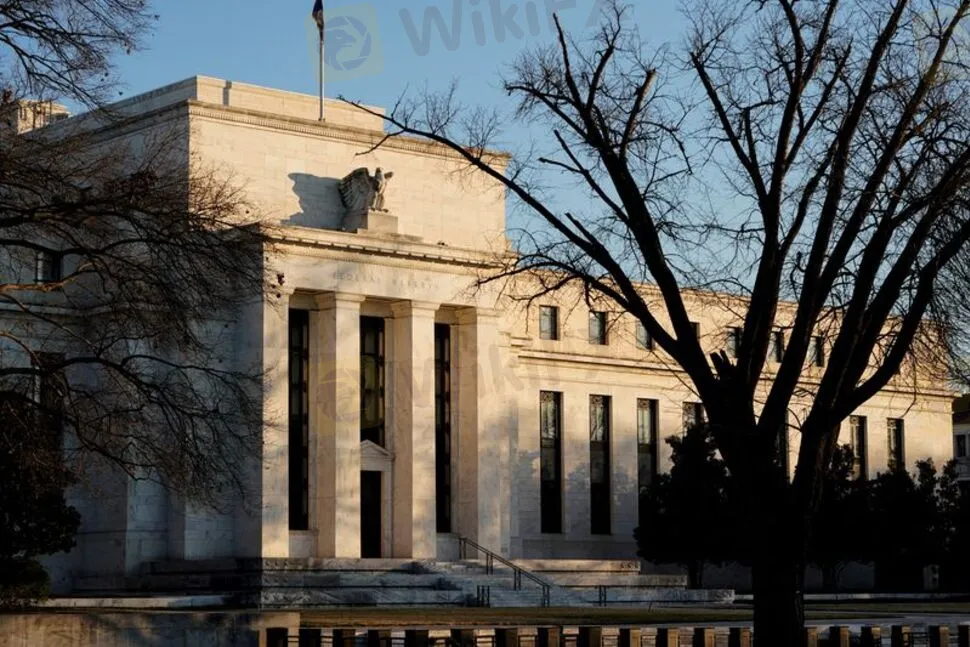简体中文
繁體中文
English
Pусский
日本語
ภาษาไทย
Tiếng Việt
Bahasa Indonesia
Español
हिन्दी
Filippiiniläinen
Français
Deutsch
Português
Türkçe
한국어
العربية
Bank of America Says It Sees Seven Fed Rate Hikes This Year
Abstract:Bank of America economists said on Friday that they expect the Federal Reserve to hike rates by 25 basis points seven times this year, beginning in March, adopting one of the most aggressive views on Fed tightening among major banks.

Bank of America economists said on Friday that they expect the Federal Reserve to hike rates by 25 basis points seven times this year, beginning in March, adopting one of the most aggressive views on Fed tightening among major banks.
Economists have scrambled to update rate hike expectations since the Fed on Wednesday said it was likely to hike interest rates in March and reaffirmed plans to end its bond purchases that month in what its chief Jerome Powell pledged will be a sustained battle to tame inflation.
“The Fed has all but admitted that it is seriously behind the curve,” the Bank of America economists said in a report, adding that the aggressive tightening “should affect the economy with a lag, weighing on 2023 growth.”
Other banks have also increased their expectations on rate hikes. For example, Deutsche Bank expects five increases this year, TD Securities sees four, and BNP Paribas forecasts as many as six.
Fed funds futures traders are pricing in almost five interest rate increases by year-end, with four likely by September.
Bank of America raised its 2022 fourth quarter forecast on the core personal consumption expenditures (PCE) index to 3.0%, from 2.6%, saying that “an even faster-than-expected drop in unemployment and longer-than-expected supply disruptions mean more inflation.”
It also cut its 2022 U.S. economic growth forecast to 3.6%, from 4.0%, noting that “a combination of supply and demand factors points to weaker growth this year.”
Bank of America said it now expects a peak fed funds rate of 2.75% to 3.0%.
For more blockchain news, please download WikiBit - the Global Blockchain Regulatory Inquiry APP.

Disclaimer:
The views in this article only represent the author's personal views, and do not constitute investment advice on this platform. This platform does not guarantee the accuracy, completeness and timeliness of the information in the article, and will not be liable for any loss caused by the use of or reliance on the information in the article.
Read more

Why Is UK Inflation Rising Again Despite Recent Lows?
October inflation rises to 2.3%, driven by energy costs. Renters face 8% annual hikes, while house price inflation climbs. Interest rates stay elevated.

How Inflation Rates Affect Forex Prices Globally
In this article, we’ll explore how inflation affects forex prices globally, the relationship between inflation and currency value, and why traders monitor inflation closely.

FED meeting minutes strongly hint at a rate cut in September; US dollar index falls to new low this year!
The U.S. Bureau of Labor Statistics revised down the employment growth in the year ending in March by 818,000, an average monthly decrease of about 68,000, the largest downward revision since 2009. The substantial downward revision of employment data re-emphasized the severity and necessity of the U.S. employment problem, paving the way for a rate hike in September. Bearish for the U.S. dollar.

PH Financial Sector Grows to P32.3T, Up 10.5% in June
The Philippine financial sector expanded by 10.5% in June, reaching P32.3 trillion. Bank resources surged, while positive earnings drove stock market gains.
WikiFX Broker
Latest News
Webull Partners with Coinbase to Offer Crypto Futures
eToro Expands Nationwide Access with New York Launch
Why Is UK Inflation Rising Again Despite Recent Lows?
Hackers Charged for $11M Crypto Theft Using SIM-Swaps
Role of Central Banks in the FX Market
FCA Alerts Against Sydney FX
What Makes Cross-Border Payments Easier Than Ever?
Trader Exposes Unethical Practices by STP Trading
Interactive Brokers Launches Tax-Friendly PEA Accounts in France
Google Warns of New Deepfake Scams and Crypto Fraud
Currency Calculator


